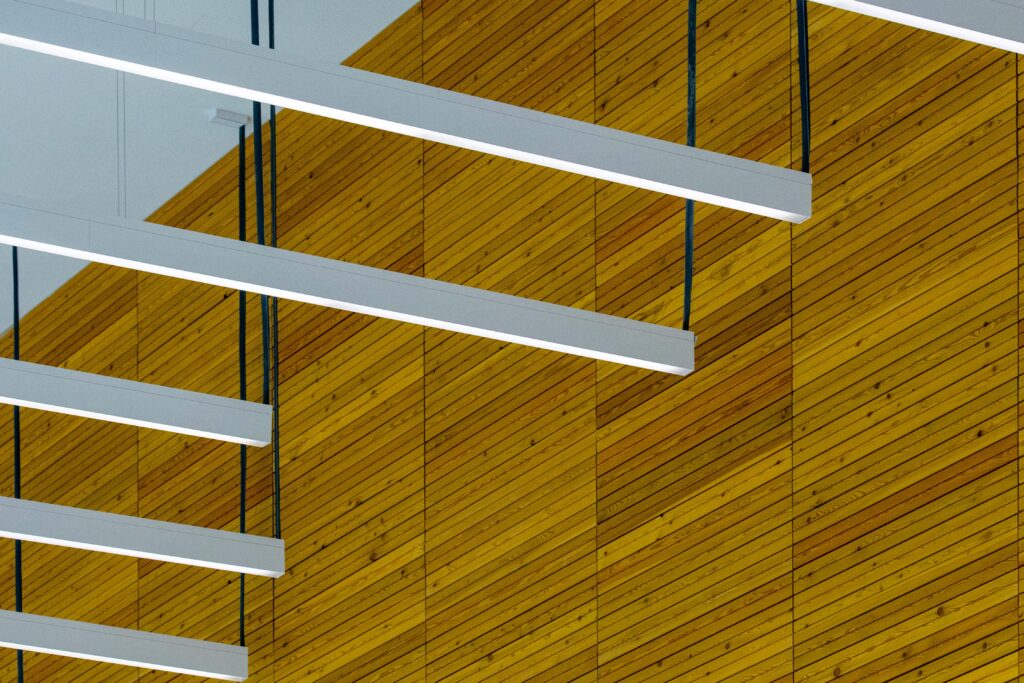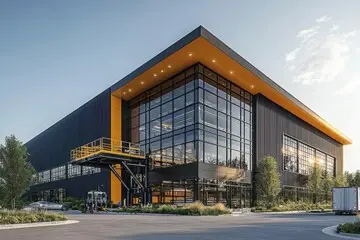How to Save on Energy Costs with LED Strip Lights
Understanding the Energy-Saving Potential of LED Strip Lights
In commercial spaces, lighting accounts for a significant portion of energy consumption, making energy efficiency a top priority for businesses seeking to lower operational expenses. LED strip lighting provides an innovative solution, offering high-quality illumination while significantly reducing electricity costs. This guide explores how businesses can maximize energy savings through the strategic use of LED strip lights.
Why LED Strip Lights Are Energy-Efficient
1. Reduced Power Consumption
- LED strip lights use up to 80% less energy than traditional fluorescent or incandescent lighting.
- They operate on low wattage while delivering bright, consistent lighting, optimizing energy efficiency without sacrificing performance.
2. Extended Lifespan
- LEDs have a lifespan of 50,000+ hours, significantly outlasting conventional lighting options.
- Less frequent replacement and maintenance translate into lower operational costs and reduced environmental impact.
3. Dimmable and Smart Control Features
- Many LED strip lights offer dimmable capabilities, allowing businesses to adjust brightness based on occupancy and activity levels.
- Smart controls and motion sensors further enhance energy savings by minimizing unnecessary usage.
Strategies to Maximize Energy Savings with LED Strip Lighting
1. Upgrade to High-Efficiency LED Strips
- Select commercial-grade LED strips with a high lumens-per-watt ratio to ensure maximum brightness with minimal energy use.
- Look for Energy Star-certified or DLC-listed LED strips to guarantee superior energy efficiency and performance.
2. Utilize Motion Sensors and Timers
- Motion sensors ensure that lights are activated only when needed, reducing energy waste in areas like hallways, storage rooms, and conference spaces.
- Timers and scheduling systems allow businesses to program lighting operations based on working hours, eliminating unnecessary usage during off-peak times.
3. Implement Task-Specific Lighting
- Instead of fully illuminating an entire workspace, use LED strip lighting in targeted areas such as:
- Workstations
- Display shelves
- Under-cabinet areas
- Reception desks
- Conference rooms
- This approach ensures that lighting is concentrated where it is most needed, further reducing energy consumption.
4. Optimize Color Temperature and Brightness Levels
- Choosing the right color temperature enhances both energy efficiency and workspace functionality:
- Cool white (4000K-5000K) is ideal for offices and retail environments where high visibility and productivity are priorities.
- Warm white (2700K-3000K) is preferred in hospitality and lounge areas to create a comfortable and inviting ambiance.
- Adjusting brightness settings based on natural light availability prevents excessive energy use while maintaining optimal illumination.
5. Integrate LED Strip Lights with Smart Building Systems
- Smart lighting solutions allow businesses to centrally control lighting levels and automate dimming schedules based on occupancy and daylight harvesting.
- Integration with IoT-based energy management systems enables data-driven adjustments to further optimize energy usage.
The Long-Term Financial and Environmental Benefits
By transitioning to LED strip lighting and implementing energy-efficient strategies, businesses can experience:
- Substantial reductions in electricity costs, often yielding a return on investment within a few years.
- Lower maintenance expenses due to the extended lifespan of LED lighting solutions.
- Improved environmental sustainability, as LED strip lights reduce carbon footprints and contribute to greener business operations.
- Enhanced workplace comfort and productivity, as well-optimized lighting improves employee focus and well-being.
Conclusion
Adopting LED strip lighting is one of the most effective methods for reducing energy consumption in commercial environments. By incorporating high-efficiency LED strips, motion sensors, task lighting, and smart automation, businesses can significantly cut electricity expenses while enhancing workplace functionality. Investing in energy-efficient LED solutions is a long-term strategy that benefits both financial savings and environmental sustainability, ensuring a smarter and more cost-effective approach to commercial lighting.


